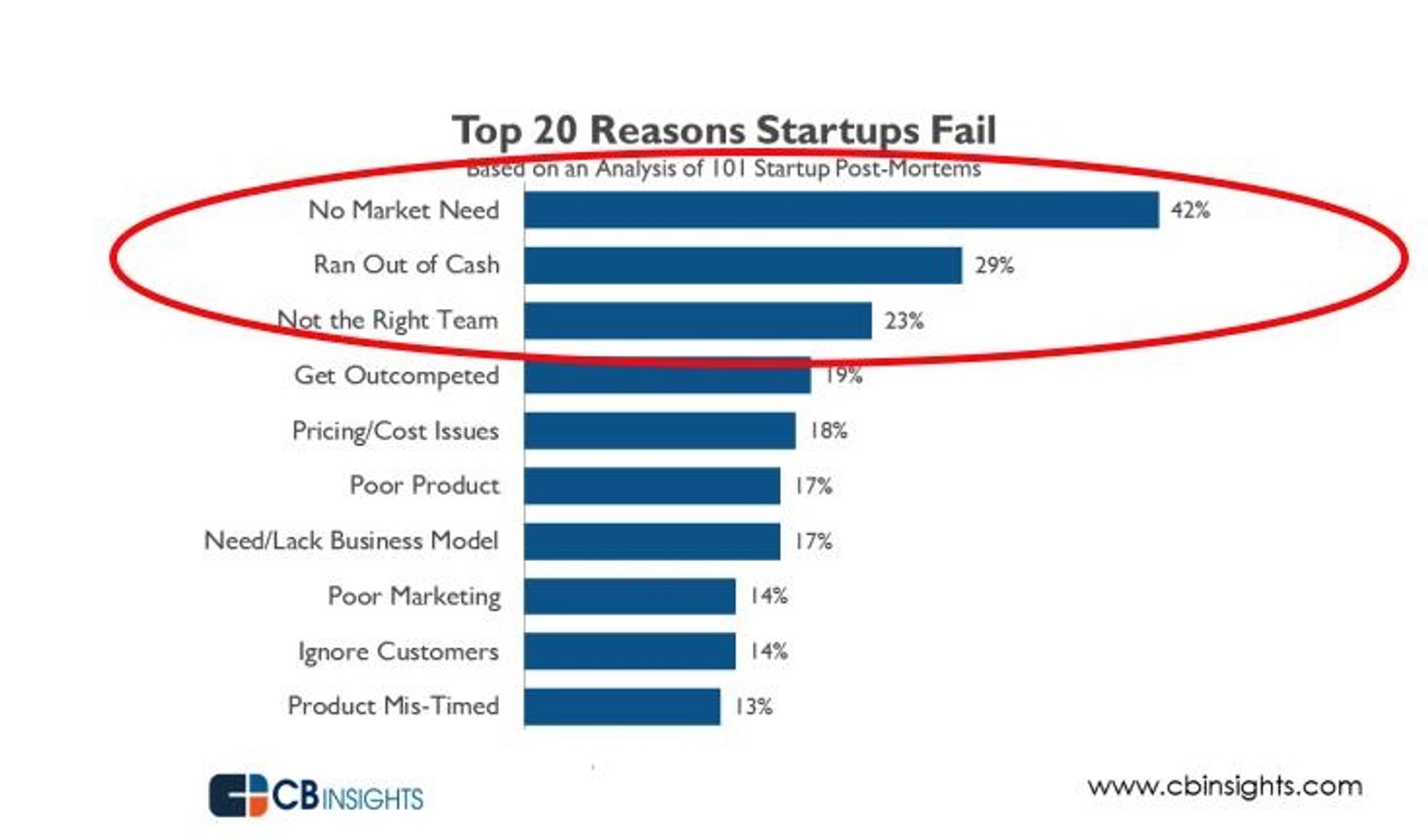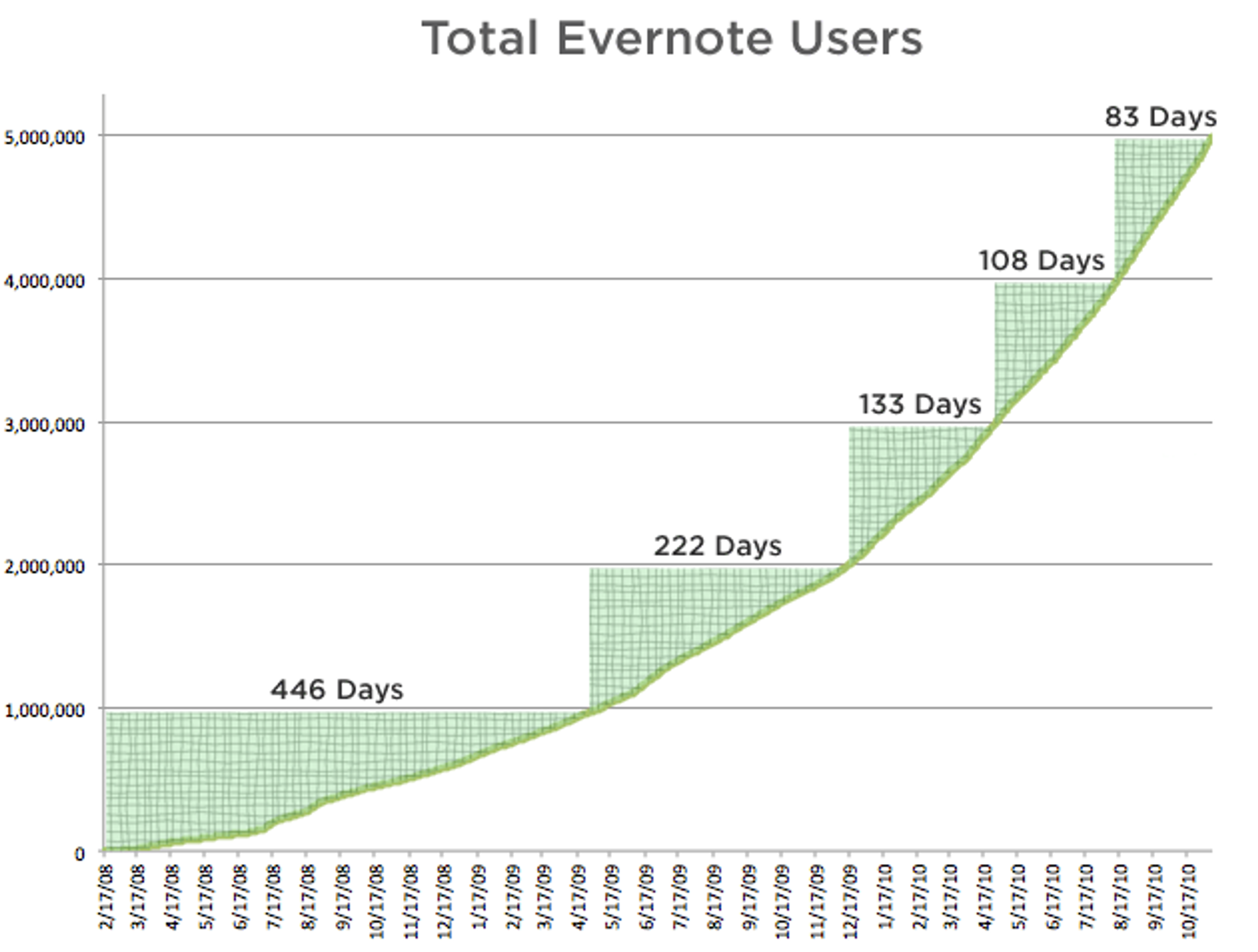Starting a business is hard.
Finding your first customers is even harder.
Every day companies with kick ass products fail. Why?
Lot of reasons. Sometimes it's a lack of funding or poor product validation. Other times it's a bad business model. Often there is no product-market fit:

Bottom line:
Pre-launch or post-launch, potential failure lurks everywhere, especially in the early days of a startup.
And, while financing, team structure and product-market fit will vary considerably for all startups, there is one common challenge staring all businesses in the face:
Finding leads and turning those leads into paying customers.
But, what makes this most difficult is there is no one-size-fits-all model. No plug-and-play formulas. Every industry and business is different. Each requiring a unique approach to generate demand, and do it as quickly as possible.
So:
How did companies like AirBnB, PayPal, Evernote, Foursquare and Uber get their first customers, scale and grow into multi-billion brands?

The answers might surprise you.
Below, I uncover the growth hacking strategies and techniques used by 77 of the most successful companies on the planet to acquire their first customers and generate quick traction in the market.
No matter the size of stage of your company, this in-depth study should provide loads of growth inspiration.
A taste of what’s inside:
- How Evernote landed 1M users in 12 months
- How Mailbox built a waiting list of 538,000 people in 37 days
- How Jon Oringer took Shutterstock from zero to IPO
- How Snappa.io used “side project marketing” to get pre-launch traction
- Purple cows, viral loops, scalable entry points and 7 more of my top growth hacking takeaways